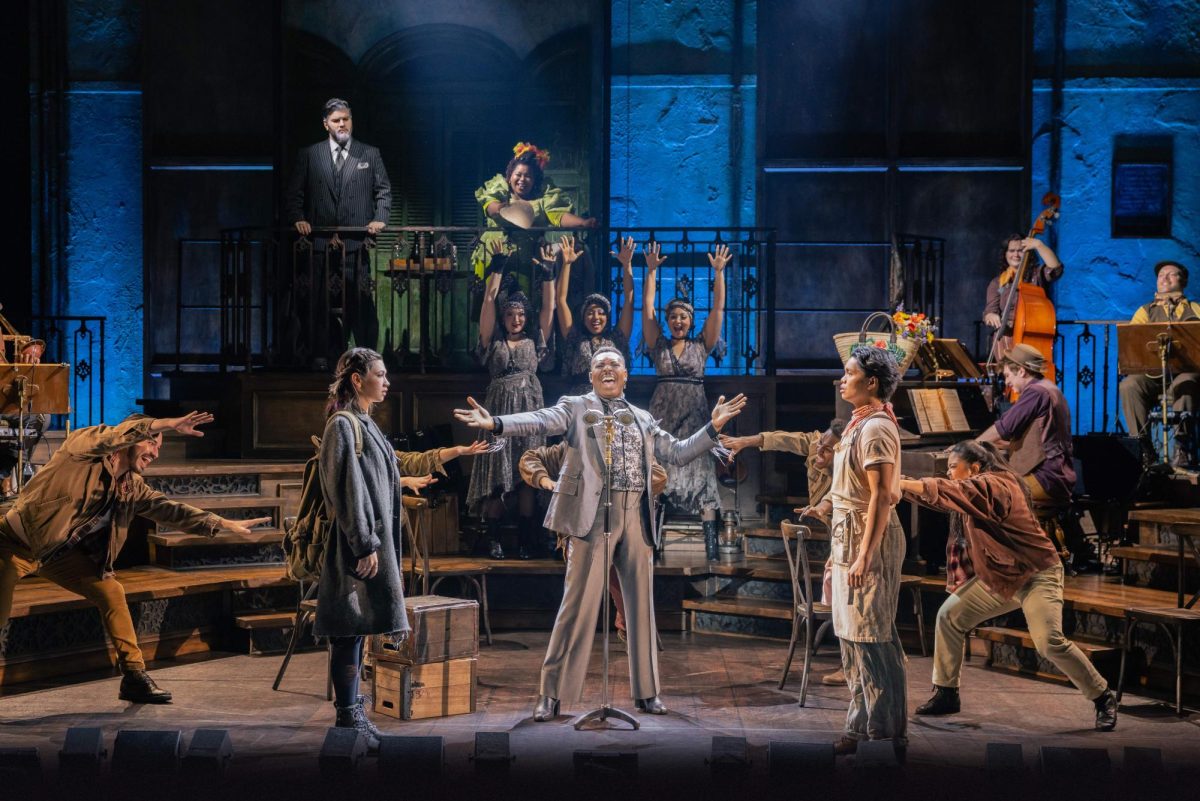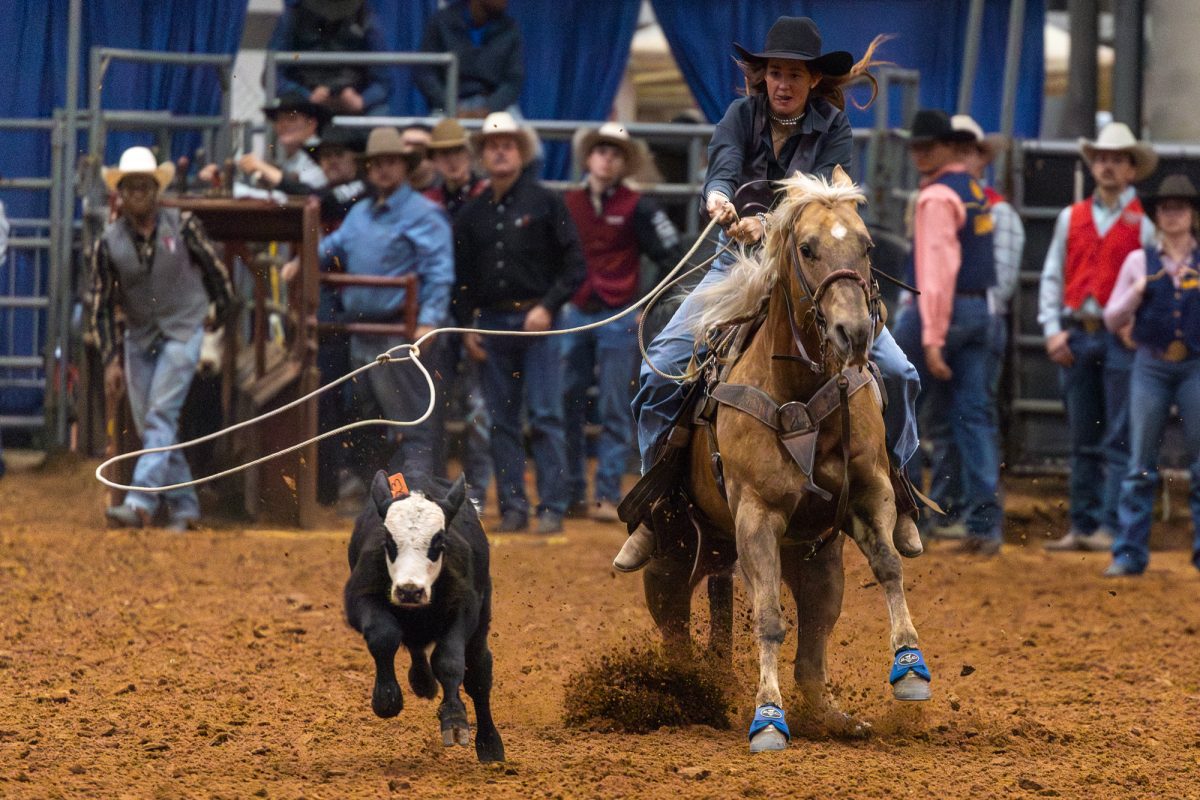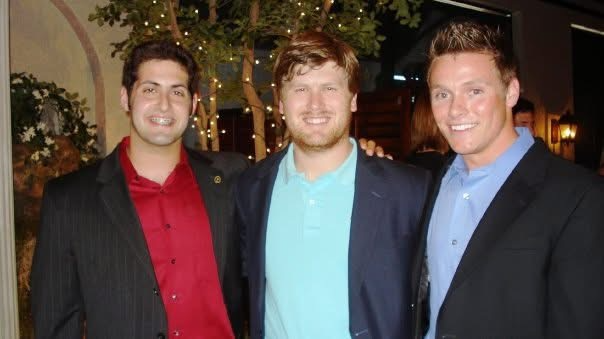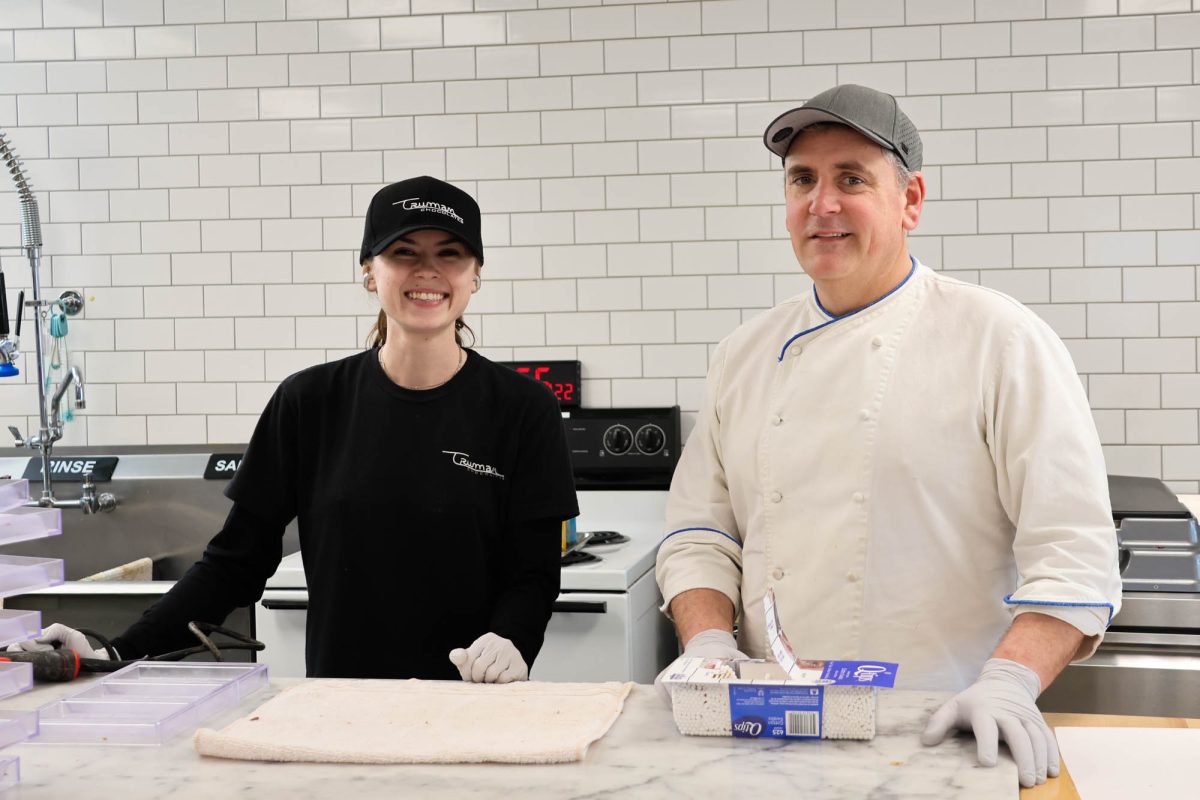As Aggies we pride ourselves in diversity and leadership to the point that we include these characteristics in our core values. Leadership has different meanings to every student, so what makes Aggies leaders?
Marco Valadez is an advisor for a freshmen leadership organization and the anthropological society who deals with the constant cycles of new leadership each school year. Valadez said there is no specific type of an ideal leader, but there is a single characteristic that all great leaders do have.
“I think it’s good for people to have complementary styles, I don’t think everybody should have the same type of leader whenever there are multiple leaders in a group,” Valadez said. “You can tell who the people are that love it and the ones that want it on their resume, so the best ones are the ones who love it.”
Student Body President Hannah Wimberly classifies herself as a type A individual who’s also a planner, to-do list maker and extrovert. Wimberley said perspective and empathy are the characteristics that make her a leader, but that is not the case for every Aggie.
“I see a very common thread throughout every leader,” Wimberly said. “Everyone that I’ve been able to interact with we interact in different ways … But what we do see is a very strong intrinsic motivation to succeed within the role not just for the arbitrary idea of success but more so to benefit Texas A&M and the students.”
TAMU Anti-Racism is a student-led organization which advocates for oppressed students on campus. The leadership structure is “horizontal,” meaning all members are equal; members take their own initiative with their own projects and organize. Members Hana Zeenath, international studies senior, and Max Russo, microbiology freshman, believe a group is run most effectively when everyone has the opportunity to be a leader.
“Working with other organizations on campus, the organization online orientation has to do with so many rules, and I feel like it creates this structure where you have to work with that kind of hierarchy, that kind of structure the institution wants, and you’re very aware of all the rules and limitations” Zeenath said. “Non-leader roles feels more like subordination. I feel like there is more empowerment when you can take your own initiative.”
Harrison Dawley, executive director of the Freshmen Leadership Advisory Council (FLAC) and history senior, built himself up and rose to his leadership goals starting as a freshman in a FLO.
“You have people who galvanize others better than people who are better working one on one and the unique thing about it is that each person who is a leader for an organization handles the organization and themselves differently,” Dawley said. “I would say leadership is not a skill you are born with, it is a skill you develop. It is a skill you will continue to develop throughout your lifetime and you will never be a perfect leader.”
Being a leader is not easy, but there is not a one way to lead which opens opportunity to anyone who is willing to try and learn, Wimberly said.
“There is such a spectrum of [leadership] and that’s special in working with other leaders,” Wimberly said. “We can identify parts of other people that are strong and learn about them and learn how to utilize our own strengths and weaknesses to become better leaders … Aggies are leaders.”
How Aggie leaders lead
March 6, 2017
0
Donate to The Battalion
$1815
$5000
Contributed
Our Goal
Your donation will support the student journalists of Texas A&M University - College Station. Your contribution will allow us to purchase equipment and cover our annual website hosting costs, in addition to paying freelance staffers for their work, travel costs for coverage and more!
More to Discover









